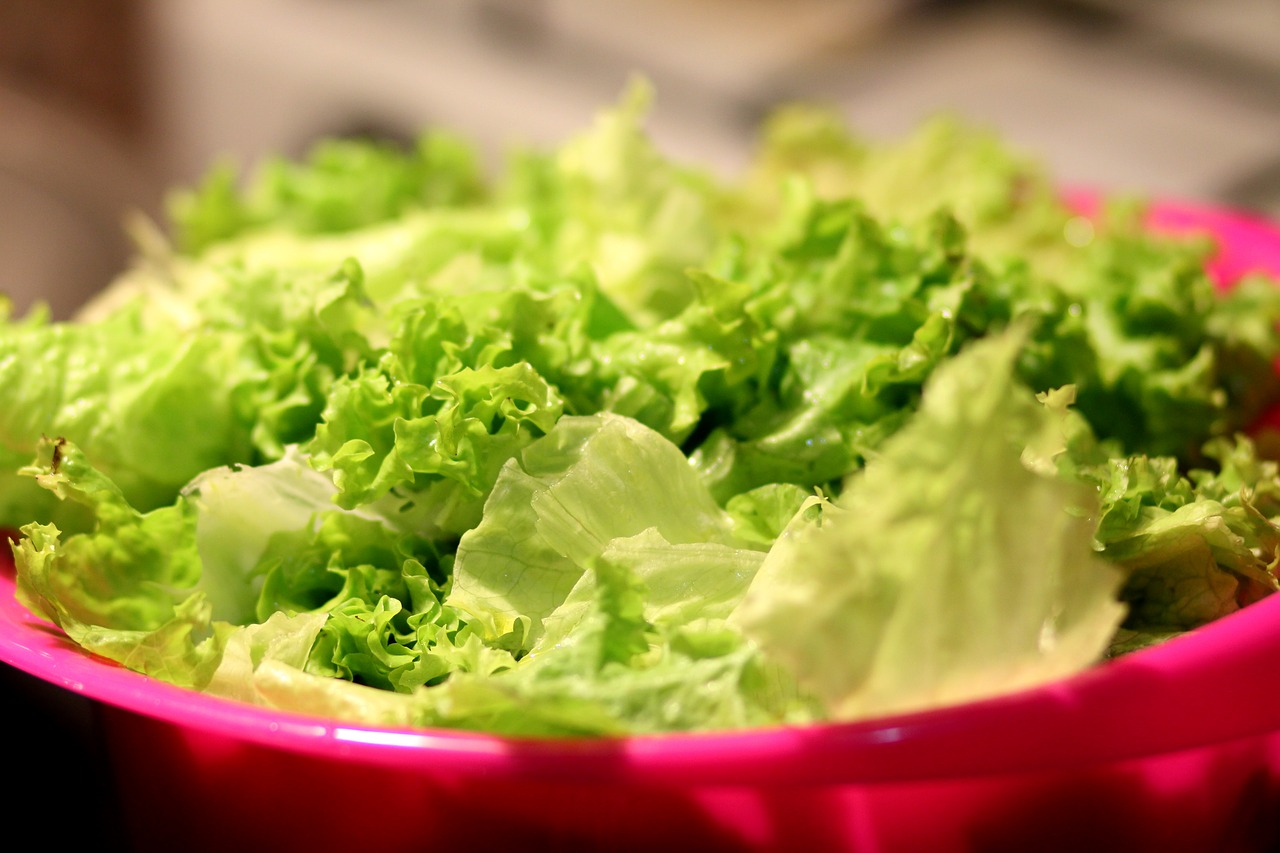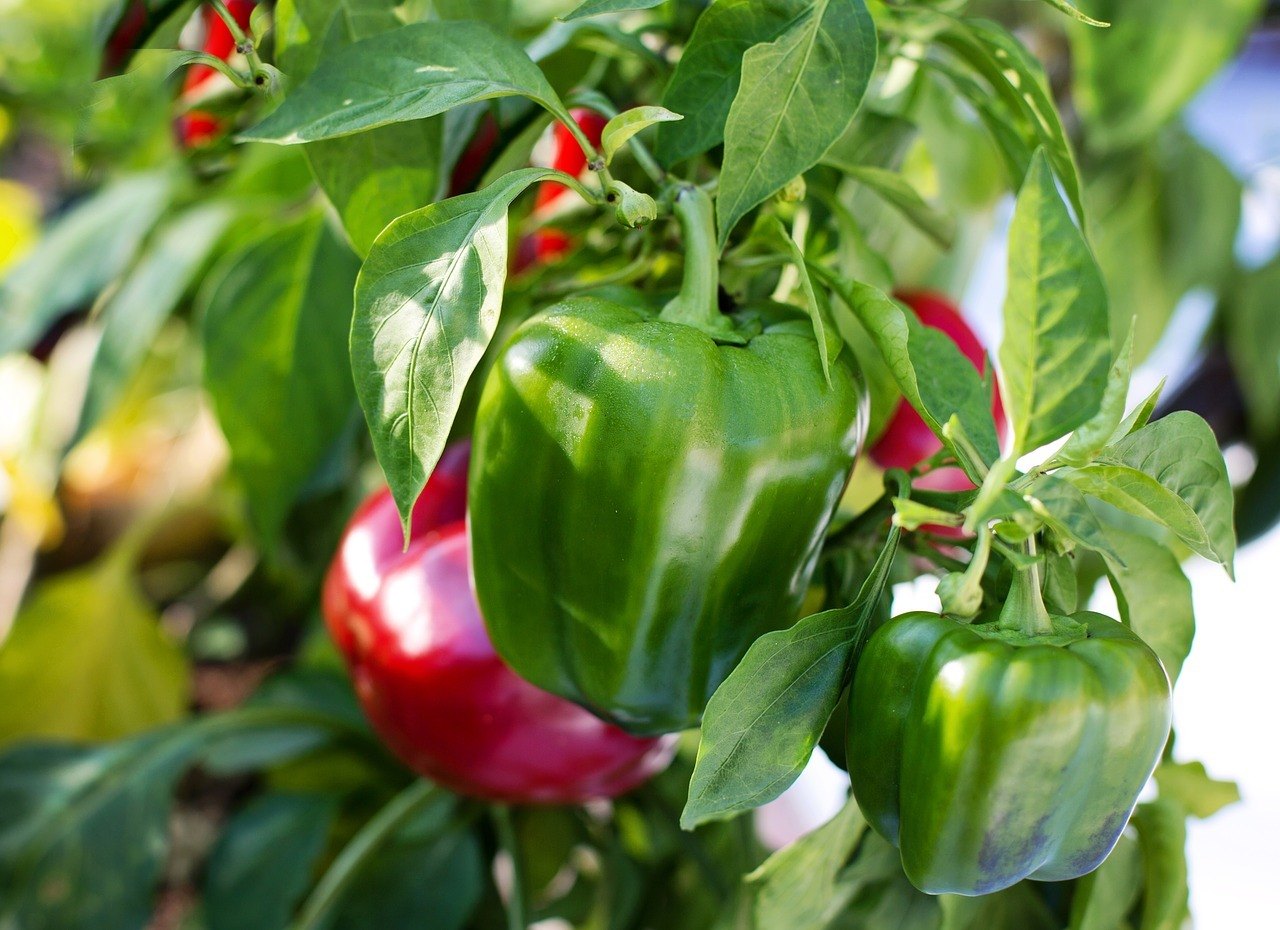Did you know that you could successfully and easily raise a garden by simply focusing on the easiest vegetables to grow? The benefits of raising a vegetable garden aren't lost on many individuals.
Not only will you save a lot of money by simply supplying most vegetables and spices in-house, but you will also be sure that the "organic" tomatoes, lettuce or onions are just that...organic. This is because you know exactly goes into them as they grow.
So why wouldn't more people do this? The problem almost always stems from the fact that most people think tending to a garden is a highly technical and difficult task. They are, therefore, intimidated.
Granted, there are some technical aspects of this hobby (pest control, the right soil pH, and so on), but you can make your life so much easier by sticking to the right and easiest vegetables to grow instead of trying more difficult options.
With that in mind, here are the eight easiest vegetables to grow in your home garden:
1. Cucumbers
Cucumbers draw a lot of mixed reactions from people; some love them, and others can't stand them. If you are partial towards them, then you will be glad to know that they are some of the easiest vegetables to grow. You can either plant them in the ground or containers.

As warm weather crops, you should plant cucumbers after the last spring frost, in well-drained soil, and in a place that gets ample sunlight. Be sure to use enough compost and give the vines enough room to run. In 48 - 65 days, you will have your first harvest.
2. Lettuce
Whether you prefer leaf lettuce or would like to try your hand at head lettuce such as Romaine, the good news is that this vegetable is both easy and inexpensive to grow.

Being a cool weather plant, it needs to be planted either in early spring or in the fall. Just make sure that the temperatures don't go below 45 degrees Fahrenheit, and the plants will do just fine.
Apart from being mostly frost resistant, lettuce can also be direct sown. One of the biggest hurdles for new gardeners is starting their own seedbeds, which can be a daunting and delicate task. By planting a few crops at a time, you can ensure that your family has fresh leaves coming in consistently after the first 65 - 80 days.
3. Green Beans
Another direct sowing option, green beans are not only easy to grow but tend to give the bountiful harvest. There are many different types of green beans. One of the easiest to cultivate is half runners. These run along a vine and need to be strung before being cooked.

Here is a video giving you tips on how to do that.
Another popular option is bush beans, which don't grow on vines but rather in bushes, as the name would suggest. These don't need to be strung. You will need well-drained soil and lots of sunlight. In just 55-65 days, you should have your first harvest.
4. Carrots
Carrots are some of the easiest vegetables to grow. You can either direct sow them or grow them in a container. Remember to avoid overcrowding the seeds and to grow them in loose soil, so the roots have room as well as an easy time to grow.

The good thing about root vegetables such as carrots is that they do well in almost all types of weather except winter when the soil is hard, and the weather is cold. Remember to water them regularly, use compost when planting and fertilizer at least once a month.
Although carrots take 60-80 days, the best way to know whether or not they are ready for harvesting is to uproot a few to see their size. If they are big enough, then go ahead and harvest. However, if the size isn't satisfactory, continue watering and fertilizing for a couple more weeks or so.
5. Spinach
Spinach is a very easy vegetable to grow. You can direct sow spinach on well-drained soil with lots of compost. This vegetable does well in either full sunlight or some light shade.
Being cold-weather friendly, spinach can easily be planted all year round. It takes only 40-50 days to get your first harvest.

6. Bell Peppers
This beautifully flavorful vegetable can be purchased as seedlings to make your life easier or grown indoors for about six weeks before transferring outside. This vegetable can't stand frost and therefore needs to be planted in the middle of summer when there is plenty of heat.

Plant bell peppers in well-drained soil with compost, direct sunlight and regular watering as well as fertilizer application at least once a month. If you keep the weeds down, in 60 - 80 days, your peppers should start turning a bright yellow, green or red depending on the type. This is when they are ready for harvesting.
7. Tomatoes
As one of the most sought after products in the produce section, it is fortuitous that tomatoes make for some of the easiest vegetables to grow. You can either buy them as seedlings or grow them indoors for about six weeks before transplanting.

Tomatoes require lots of sunlight and are best grown during the summer. They also need well-drained soil with your compost added around each plant. Regularly water the plants and apply fertilizer at least once a month, and in less than 60 days, you should have your first harvest.
8. Yellow Summer Squash
You can buy squash seedlings and plant them in well-drained soil with compost. This will give you a quicker harvest. Be sure to plant them in direct sunlight or in a place where they will get lots of sun which means that you need to plant them during summer.
Because this vegetable grows on vines, they need lots of room. Be sure to water them regularly and fertilize them once a month. Your squash should start turning yellow in about 45 - 65 days. That's when they are ready for harvesting.
Thankfully, some of the most delicious products in the produce section are also some of the easiest vegetables to grow.



